Increasing Energy Demand
The Airborne Wind Energy Market is experiencing a surge in energy demand, driven by the growing global population and industrialization. As countries strive to meet their energy needs, the reliance on renewable sources becomes paramount. The International Energy Agency projects that renewable energy will account for nearly 30% of the total energy supply by 2030. This shift towards sustainable energy sources is likely to bolster the Airborne Wind Energy Market, as it offers a unique solution to harness wind energy at higher altitudes, where wind speeds are typically stronger and more consistent. Consequently, the industry may witness increased investments and innovations aimed at enhancing the efficiency and scalability of airborne wind energy systems.
Environmental Regulations
The Airborne Wind Energy Market is increasingly influenced by stringent environmental regulations aimed at reducing carbon emissions and promoting sustainable practices. Governments worldwide are implementing policies that encourage the adoption of renewable energy technologies, including airborne wind energy systems. For example, the European Union has set ambitious targets to achieve carbon neutrality by 2050, which necessitates a substantial increase in renewable energy capacity. This regulatory support is likely to create a favorable environment for the growth of the airborne wind energy sector, as companies seek to align their operations with these regulations. As a result, the industry may see a rise in partnerships and collaborations aimed at developing innovative airborne wind energy solutions that comply with environmental standards.
Technological Innovations
Technological advancements play a crucial role in the evolution of the Airborne Wind Energy Market. Innovations in materials science, aerodynamics, and energy conversion technologies are enhancing the performance and efficiency of airborne wind energy systems. For instance, the development of lightweight materials allows for the construction of larger and more efficient airborne wind energy devices. Furthermore, advancements in control systems and data analytics enable better optimization of energy capture. According to recent studies, the efficiency of airborne wind energy systems could potentially reach up to 50%, significantly surpassing traditional wind turbines. This technological progress is likely to attract investments and drive market growth, as stakeholders seek to capitalize on the benefits of airborne wind energy.
Investment in Renewable Energy
Investment trends indicate a growing interest in the Airborne Wind Energy Market, as stakeholders recognize the potential of airborne wind energy as a viable alternative to traditional energy sources. Venture capital and private equity firms are increasingly funding startups and established companies focused on airborne wind energy technologies. According to recent reports, investments in renewable energy technologies have reached unprecedented levels, with billions allocated to innovative projects. This influx of capital is likely to accelerate research and development efforts, leading to breakthroughs in airborne wind energy systems. As the market matures, the increased financial backing may facilitate the commercialization of advanced airborne wind energy solutions, further solidifying the industry's position in the renewable energy landscape.
Public Awareness and Acceptance
Public awareness and acceptance of renewable energy solutions are pivotal for the growth of the Airborne Wind Energy Market. As communities become more informed about the benefits of renewable energy, there is a growing demand for cleaner energy alternatives. Educational campaigns and outreach initiatives are fostering a positive perception of airborne wind energy technologies, highlighting their potential to reduce reliance on fossil fuels. Surveys indicate that a significant portion of the population supports the transition to renewable energy sources, which may encourage policymakers to prioritize investments in airborne wind energy. This shift in public sentiment is likely to create a conducive environment for the industry, as increased acceptance can lead to more favorable regulations and support for airborne wind energy projects.


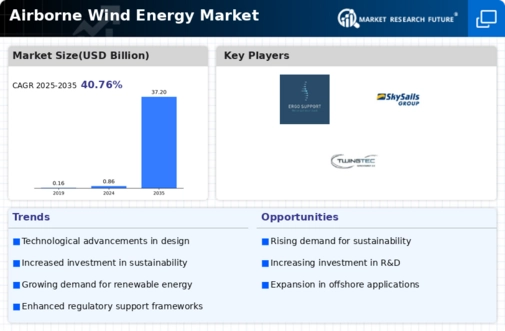
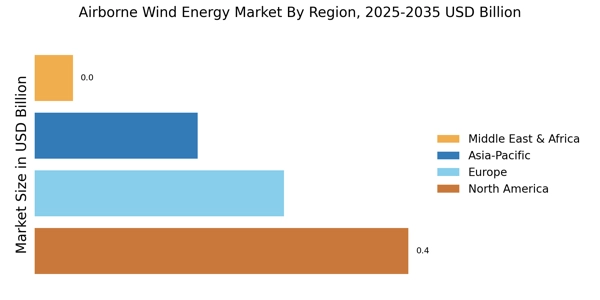
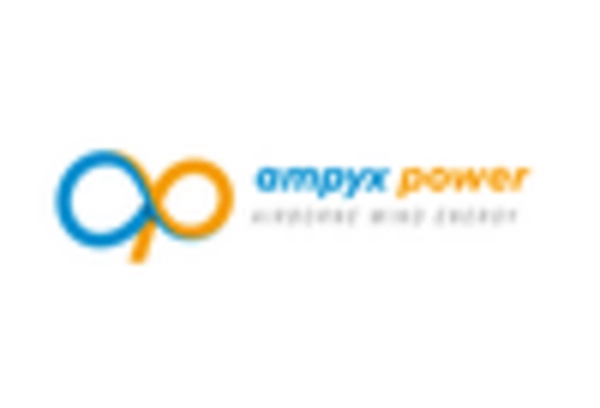
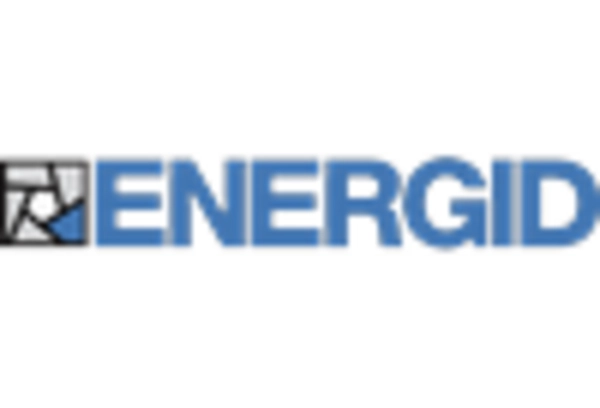
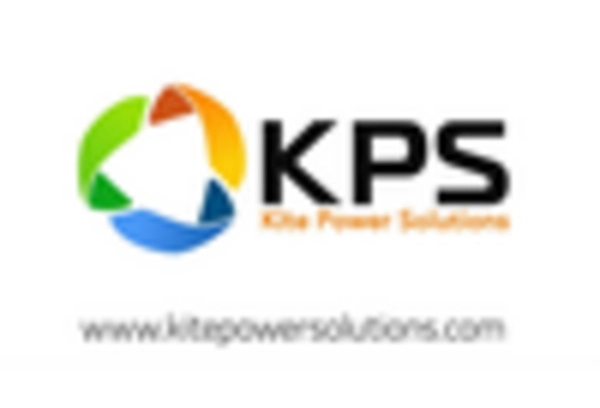
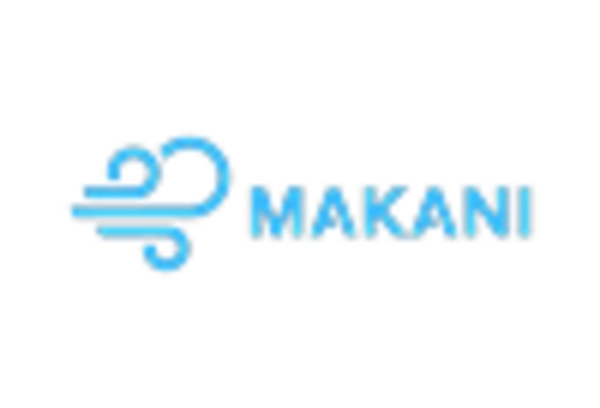
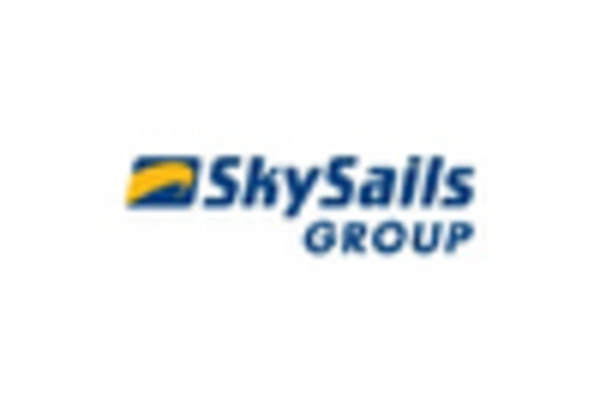
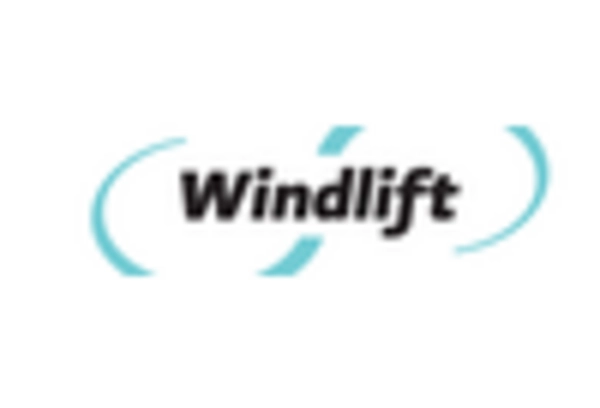








Leave a Comment